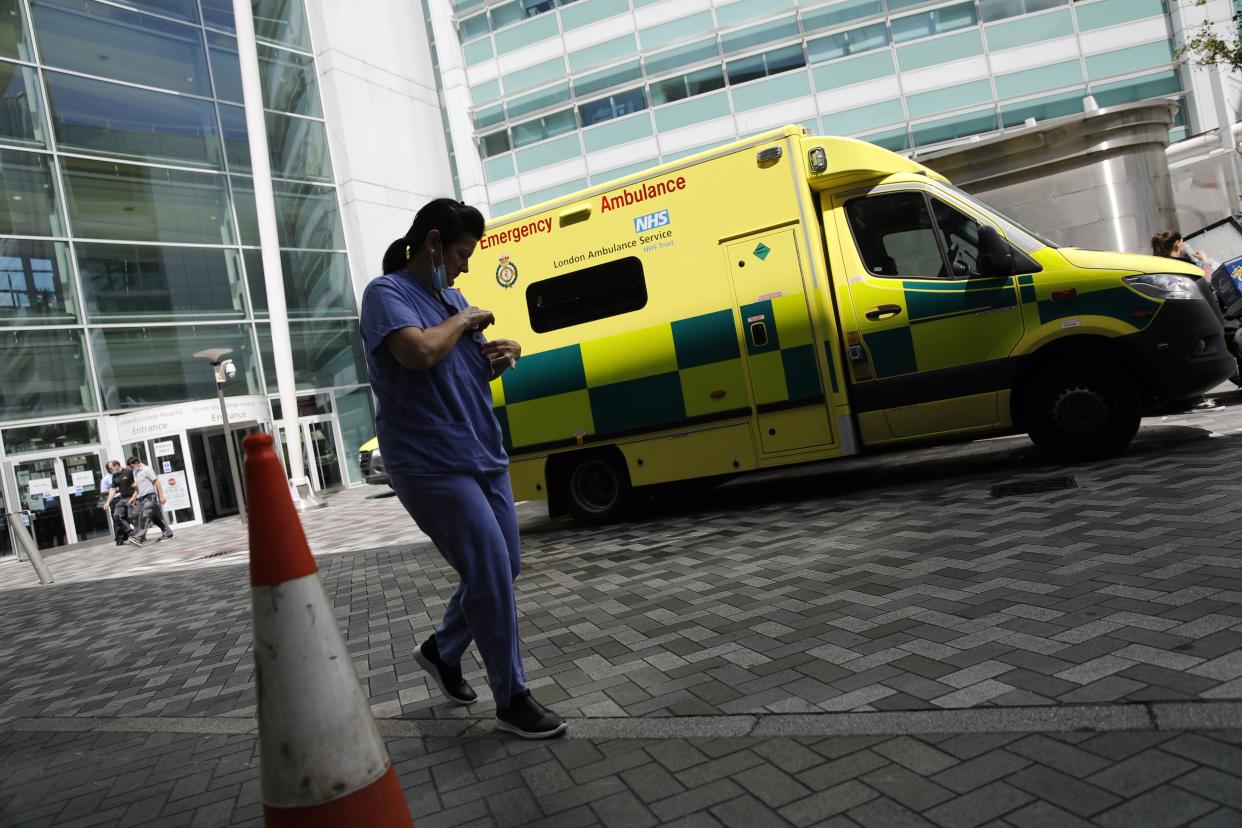Sage member warns 25,000 COVID patients could be in hospital by end of November

25,000 COVID patients could be in hospital in a month’s time, government adviser warns
Prof Sir Mark Walport says continued increasing infection numbers ‘speak for themselves’
He suggests tiered local restrictions don’t go far enough to prevent mass hospitalisations
One of the government’s top coronavirus advisers has warned that there could be 25,000 people in hospital with COVID-19 in a month’s time.
Prof Sir Mark Walport, a member of the Scientific Advisory Group for Emergencies (Sage), said: “The numbers speak for themselves.”
He also suggested the government’s tiered local lockdown system, introduced earlier this month, isn’t going far enough to prevent mass infections and, as a consequence, hospitalisations.
Asked on BBC Radio 4’s Today programme if it is not unrealistic to think of 25,000 COVID patients being in hospital by the end of November, Prof Walport said: “It’s certainly not unrealistic to think about that.”
There were 19,849 COVID patients in hospital at the peak of the first wave of the pandemic in April. As of Tuesday, 9,199 people were in UK hospitals with the disease.
Prof Walport pointed to France, which currently has 16,000 people in hospital and 2,500 in intensive care beds, and Spain, which has similar numbers.
“And these are in spite of these countries taking strong measures as well,” he went on.
“So, the answer is that with our current measures, which are similar but with variations in different parts of Europe, there’s still evidence that it’s not [unrealistic to think there could be 25,000 hospitalisations].
“There isn’t as much social distancing as there was when we clamped down on the first wave and so we know the risk is significant that cases will continue to grow.”
Watch: What is long COVID?
Last month, Sage pushed for a short “circuit breaker” national lockdown, but Boris Johnson rejected this in favour of the three-tier plan of local restrictions.
On Tuesday, daily COVID deaths topped 350 for the first time since May, as Public Health England warned the rising death toll was likely to “continue for some time”. There were also 22,885 new COVID infections.
Prof Walport said: “The numbers speak for themselves.
Read more: How fast is COVID-19 spreading in your area? England infection rates listed
“The number of cases is rising very significantly. It was [22,885 on Tuesday] and the seven-day average was just over 22,000, so there are an awful lot of cases.”
However, he added, there is reason to be positive in that “we are better at looking after people with coronavirus now and so hopefully the case fatality rate will be lower than it was in the first wave”.
Watch: Lib Dems call for standardised lockdown restrictions across UK
Coronavirus: what happened today
Click here to sign up to the latest news and information with our daily Catch-up newsletter



